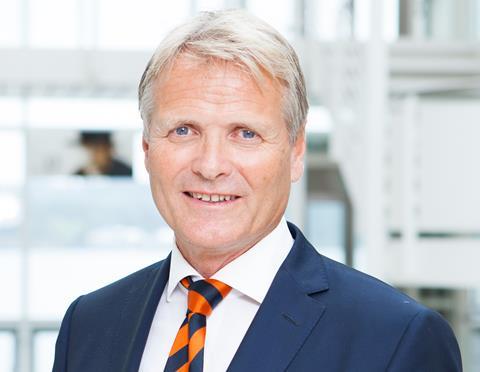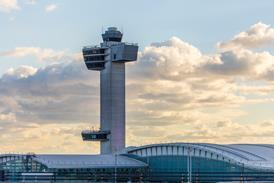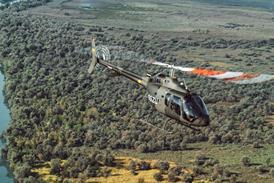Scandinavian crew resource specialist AAP Aviation Group is aiming to expand into providing European narrowbody services under long-term capacity provider agreements for airlines.
AAP chief executive Espen Hoiby tells FlightGlobal that the company, which already offers crew resourcing solutions to airlines, has the groundwork in place for an air operator certificate (AOC) in Norway and is now looking to secure a launch customer for the operation.

“We are ready to do this, but we need to team up with an airline,” he explains. “We have the AOC prepared. We just need to do the final stages. We need an aircraft – so we will wait until we have that.”
Under the model AAP is looking at, the company would take on aircraft assets from the airline or its lessors, and operate flights for the carrier under a long-term capacity agreement. Hoiby believes adoption of the model can help address some of the seasonality inefficiencies inherent in the airline business, as well as providing greater certainty and quality than ad-hoc ACMI arrangements.
“If you look at airlines making 65% of their money in Q3, they need to do something about Q1, Q2, and Q4,” he says. “The only way they can do this is to cross-utilise their production platforms. You cannot have 40% excess aircraft and air crews in the off-season. It is not sustainable. So they need to deal with that.
“I think we are on our way to a tougher market for the airline industry,” he adds. “There will be a lot of tough decisions to be made over the last half of 2025. When the market is under pressure, that is when we need to see new models coming in. But somebody needs to dare to be the disruptor.”
It marks a fresh development for Hoiby, who has already demonstrated himself as a ‘disruptor’ in the industry on crew outsourcing. He originally established the company more than a decade ago – then called OSM Aviation – by employing staff and contracting them out to airlines, notably including low-cost carrier Norwegian. The company’s crew resource management includes taking responsibility for recruitment, crew management, planning and training aspects.
Hoiby returned to the company in October 2021 as part of new investors taking ownership of the firm, rebranding it AAP and rebuilding it after the pandemic.
“This is sort of the last part of the puzzle for an aviation company like AAP,” he adds, noting it pulls together its “international structure”, its experience with crews and its flight training capabilities. The group also includes the Pilot Flight Academy in Sandefjord, Norway.
“What we will bring to the market is we will have a Norwegian AOC, we will bring quality, we will bring flexibility. We will help the European airlines, especially the ones in the northern part of Europe, to have flexibility.
“Also we will take some assets off their balance sheet and give them more predictable cost structures. I think that will help them because, due to the surplus of aircraft and crew in the winter time, to lighten their balance sheets would be a good thing for many of them. So I think the timing in that respect is extremely good because many of these airlines are holding onto a lot of equipment that they don’t need. They only need it for a short period in the summer.”
While long-term capacity provider agreements are well established in the US industry, Hoiby believes there is room for longer-term capacity agreements to move beyond the shorter-term wet-lease agreements more common in Europe.
“I believe the future is to go on long-term contracts,” he says. “In the US they have 10-year contracts. Maybe in Europe they will only go for five- or seven-year contracts. But that gives us predictability as a provider and it also gives them the knowledge of exactly what their costs are going to be.”
He says his preference is for a “soft start” and to begin operations with a couple of aircraft. “Then we need to grow to have up to 20 aircraft, but we need to do that at a controlled pace,” he says.
“We can more and more go towards the full outsourcing model, that is my long-term goal. That’s what I believe in,” Hoiby adds. “The future will be where you have an airline that owns the brands, they tell you where they want to fly, how often they want to fly, at what price, and you come in with the production platform. I believe that’s the way.”


























